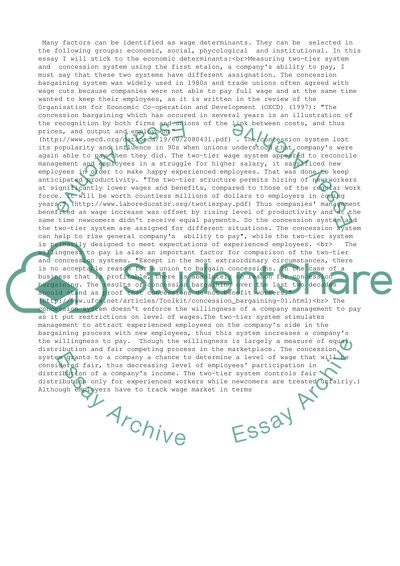Cite this document
(“Wage systems Essay Example | Topics and Well Written Essays - 1000 words”, n.d.)
Wage systems Essay Example | Topics and Well Written Essays - 1000 words. Retrieved from https://studentshare.org/business/1504712-wage-systems
Wage systems Essay Example | Topics and Well Written Essays - 1000 words. Retrieved from https://studentshare.org/business/1504712-wage-systems
(Wage Systems Essay Example | Topics and Well Written Essays - 1000 Words)
Wage Systems Essay Example | Topics and Well Written Essays - 1000 Words. https://studentshare.org/business/1504712-wage-systems.
Wage Systems Essay Example | Topics and Well Written Essays - 1000 Words. https://studentshare.org/business/1504712-wage-systems.
“Wage Systems Essay Example | Topics and Well Written Essays - 1000 Words”, n.d. https://studentshare.org/business/1504712-wage-systems.


